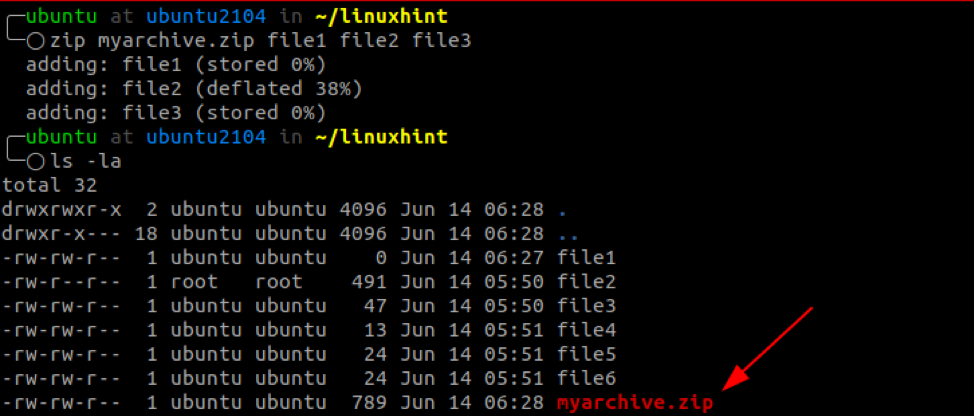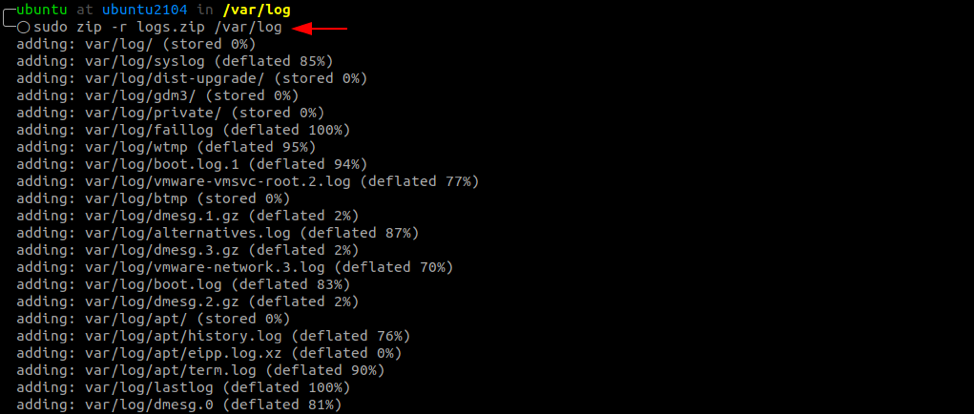Zip archives refer to container archives that contain one or more compressed files and directories. Zip files are cross-platform, allowing you to create zip archives in Windows, Linux, and macOS using various utilities. In addition, zip archive files take less space, making them easier to transfer and store.
In Linux, we use the zip archive utility to create zip archives. Throughout this tutorial, we will focus on how to go about creating zip archives in Linux using the zip utility.
Install Zip
Depending on your Linux distribution, you will need to install the zip utility. Since all Linux distributions support it, you can use the package manager to install it.
For Debian/Ubuntu
On Debian, use the command:
sudo apt-get install zip -y
For REHL/CentOS
On CentOS and REHL family, use the command:
sudo yum install zip
The Zip Command
The zip command is simple to use. The general syntax for the command is:
To create a zip archive of more than one file, pass them in a list (separated by space) after the zip filename. It is also good to ensure you have to write permissions in the directory you are creating the zip file.
How to Zip Files In Linux
We can zip files in a directory as:
The command above displays the name of the file added to the archive and the compression method.
Zip utility automatically adds a .zip extension to the archive filename—if not explicitly specified.
How to Compress Zip Directories In Linux
You can compress directories and the corresponding sub-directories by using the -r flag. The -r flag will tell zip to traverse the entire directory recursively.
For example, consider the /var/log directory. To create an archive of all the files and directories, we use the command:
To suppress the output from the compression process, use the -q for quiet mode. The command creates a zip archive of the specified files with no output.
How to Zip all Files in a Directory In Linux
What if you want to zip all files in a directory? In that case, we use wildcard expressions to do this.
The above command adds all the files and directories in the specified path and adds them to the zip archive.
How to Zip All Files, Including Hidden Files
To add even hidden files to a zip archive, use the wildcard (.* *). The command for that is:
Conclusion
As shown in this tutorial, Linux allows you to create zip archives. You can use any archive utility such as WinRar, 7zip, unzip; to unarchive the files.
Thank you for reading!



